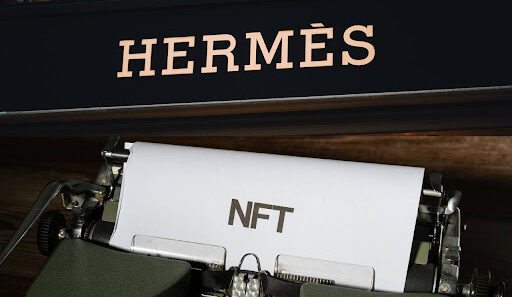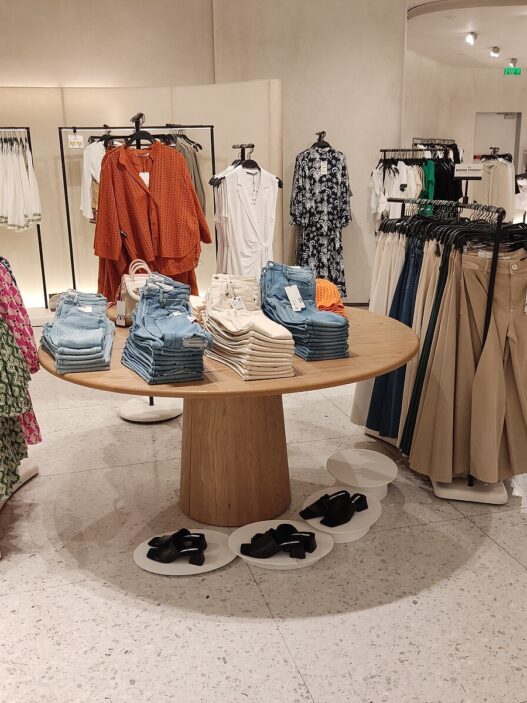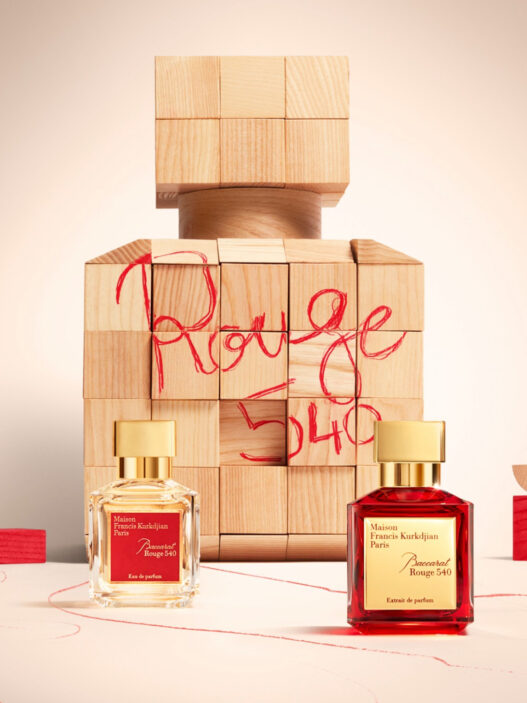As fashion increasingly transcends the physical realm, the scope of trademark protection is being tested in new and complex ways. From digital-only garments and avatar skins to immersive fashion experiences within virtual worlds, the traditional boundaries of use, jurisdiction, and infringement are being redefined. Luxury and high-street brands alike are rapidly entering the digital fashion economy, exposing their trademarks to novel forms of exploitation, dilution, and consumer confusion.
In this context, trademark law must adapt not through radical reinvention, but by reinterpreting existing doctrines to suit emerging realities. This article examines the legal, commercial, and enforcement issues surrounding trademark protection in digital fashion, particularly in the context of virtual goods, NFTs, and metaverse environments.
I. The Digital Fashion Landscape: A Parallel Market Emerges
Digital fashion is no longer a futuristic experiment. It has evolved into a distinct economic vertical, where virtual garments and accessories are designed, traded, and consumed entirely online. Brands are leveraging gaming platforms, augmented reality (AR), and blockchain technologies to connect with digital-native consumers. Major fashion houses have collaborated with platforms such as Roblox, Fortnite, Zepeto, and Decentraland to launch virtual clothing lines and host immersive brand experiences.
While this shift opens new avenues for brand engagement and monetisation, it simultaneously exposes brand owners to unprecedented legal risks. Digital assets, by their nature, are replicable and globally accessible, heightening the need for proactive trademark protection in virtual domains.
II. Trademark Classification and Registration Strategies for Virtual Goods
To address these risks, an increasing number of brand owners have expanded their trademark portfolios to include digital goods and services. The relevant Nice Classification categories include:
- Class 9: Covers downloadable virtual goods, including digital clothing, avatars, and tokens.
- Class 35: Includes retail services and online marketplaces offering virtual fashion.
- Class 41: Encompasses entertainment and virtual event services, including digital fashion shows.
- Class 42: Sometimes applicable for software development and digital modelling services.
Notably, trademark offices in the United States, the European Union, and the United Kingdom have issued guidance clarifying that terms such as “virtual goods” and “NFT-authenticated media” are acceptable descriptions, provided the goods are properly specified. Although the Indian Trade Marks Registry has not yet issued formal classification guidance, it is expected to align with international trends as digital commerce grows domestically.
Filing in these classes is increasingly essential not merely as a symbolic step, but as a foundation for enforcement in a digital context.
III. Enforcement Challenges in Virtual Environments
While registration is a necessary first step, enforcing rights in virtual environments presents a distinct set of challenges.
- Use in Commerce: A Shifting Concept
In most common law jurisdictions, trademark rights arise from actual use. However, the nature of “use” in digital fashion is inherently different. For example, a branded virtual bag sold as an NFT, or a logo featured on an avatar skin within a game, may not meet traditional tests for use in commerce. Courts and regulators are gradually acknowledging that virtual interactions with economic value such as the sale of digital garments for real or crypto currency may constitute actionable use.
- Territoriality and Cross-Border Access
Trademark rights are territorial, but digital goods are not. A virtual fashion item hosted on a decentralised platform may be accessible worldwide, regardless of where the rights are registered. This creates difficulties in identifying the appropriate jurisdiction for legal action, enforcing local orders across borders, and establishing reputational harm in markets where formal protection may not exist.
- User-Generated Content and Platform Intermediaries
Platforms such as Roblox and Decentraland often enable users to design and sell virtual fashion items. This raises questions around intermediary liability, particularly in jurisdictions that provide safe harbour protections for platforms. While most platforms offer voluntary takedown mechanisms, their effectiveness is uneven, and legal recourse is complicated by decentralised hosting and pseudonymous users.
IV. Jurisprudence and Precedents: The Hermès MetaBirkins Case
The United States District Court’s decision in Hermès International v. Rothschild (2023) marked a pivotal development in the protection of trademarks in the digital space.
The case involved an artist who created and sold NFTs titled “MetaBirkins,” depicting digital renderings inspired by the iconic Hermès Birkin bag. Hermès alleged trademark infringement, dilution, and false designation of origin. The defendant argued that the NFTs were artistic works protected by the First Amendment.
The jury found in favour of Hermès, concluding that the NFTs infringed and diluted the brand’s rights and were likely to cause consumer confusion. The verdict affirmed the principle that trademark protection extends to virtual goods and that the artistic expression defence does not override trademark law when the use is explicitly commercial and likely to mislead consumers.
This decision provides critical guidance for courts globally and underscores the necessity of filing trademarks for digital applications.
V. Practical Strategies for Brand Protection in Virtual Fashion
Trademark practitioners advising fashion clients must adopt a forward-looking approach to IP protection in digital spaces. Recommended strategies include:
- Expand Trademark Coverage: File for virtual goods and services in Classes 9, 35, and 41, even before launching digital products.
- Contractual Safeguards: Include virtual IP clauses in licensing, influencer, and collaboration agreements.
- Monitoring and Enforcement: Invest in digital surveillance tools to monitor NFT marketplaces, gaming platforms, and social media for unauthorised use.
- Engage with Platforms: Establish direct relationships with major platforms to facilitate swift takedown action and clarify rights enforcement procedures.
- Internal Alignment: Educate design, marketing, and product teams on trademark boundaries in virtual releases to avoid inadvertent exposure or dilution.
VI. The Indian Perspective: Preparing for Digital Brand Expansion
India’s legal system, though flexible, has yet to fully address the complexities of trademark enforcement in the virtual fashion context. While the Trade Marks Act, 1999 can accommodate digital goods, questions remain around what constitutes use in India, especially where sales occur offshore but content is accessible domestically.
As Indian fashion designers, e-commerce platforms, and metaverse start-ups embrace digital fashion, regulators should consider issuing advisory notes or practice directions on classification, use, and enforcement mechanisms. Judicial and registry clarity will be essential in enabling domestic brands to compete confidently in the global digital market.
Conclusion
The evolution of fashion into digital spaces presents an inflection point for trademark law. As virtual garments and immersive brand experiences gain commercial traction, the legal infrastructure must evolve to offer meaningful and enforceable protection. Trademark rights, historically rooted in physical goods and services, now serve as the frontline defence for brand identity in metaverse environments.
For legal practitioners and brand owners alike, the priority is clear: reframe traditional doctrines in light of digital realities, fortify registration strategies, and adopt a holistic enforcement posture. In an era where style is code and commerce is borderless, virtual threads deserve real rights.



















